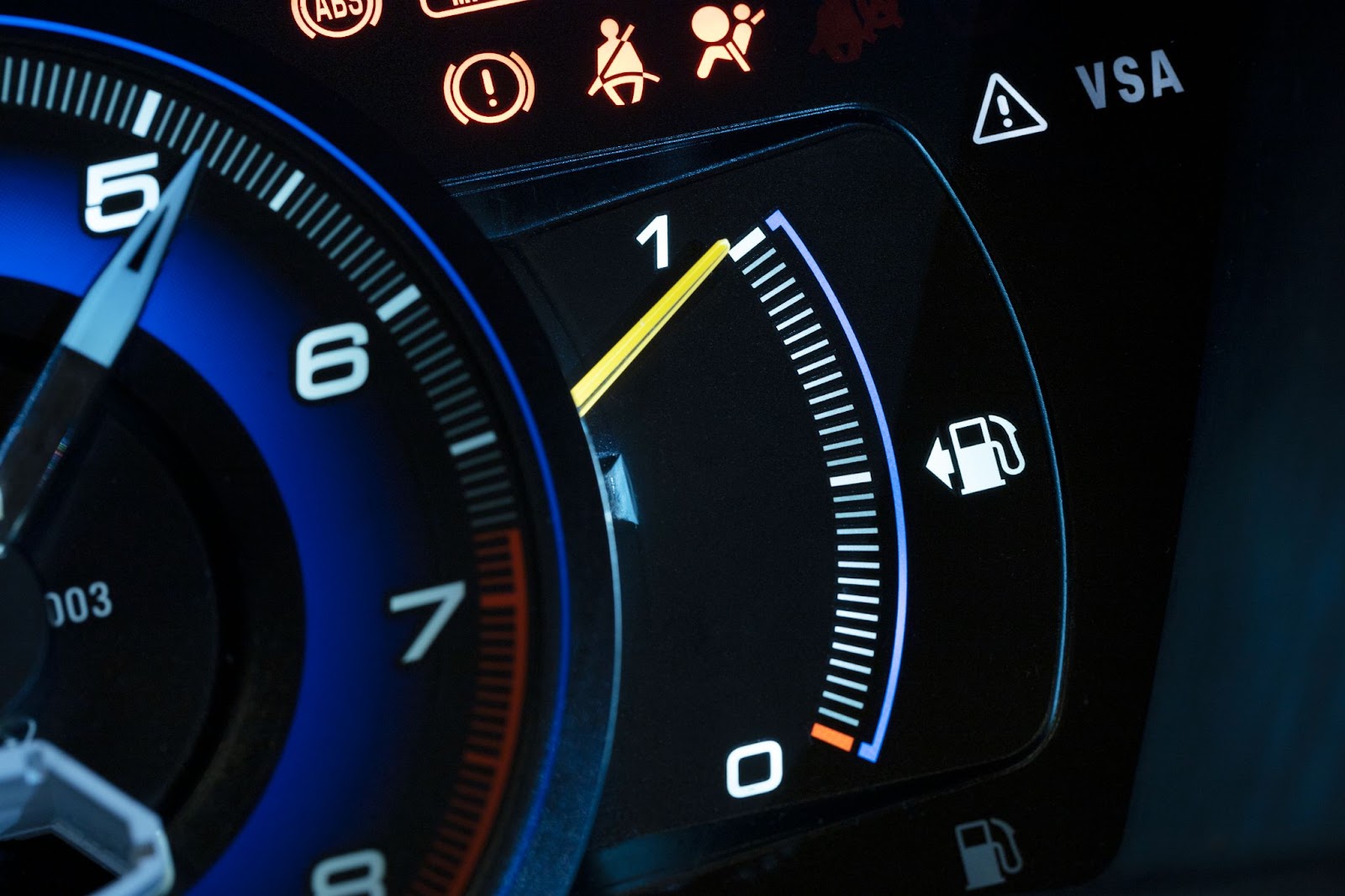How long does DPF regeneration take?

Diesel Particulate Filters (DPF) are necessary to reduce the harmful particles emitted by diesel vehicles. Although particulate filters are highly effective, most need to burn off the trapped particles regularly—a process known as "DPF regeneration.” Typically, this requires the vehicle to be driven at speeds exceeding 50 mph (80 km/h) for a certain period.
Like most filters, the DPF has a limited lifespan and requires cleaning to maintain proper function and, eventually, replacement. Regenerations are necessary to prevent particles from accumulating too quickly and rendering the DPF ineffective.
What is DPF regeneration?
A DPF that is overly full or not functioning properly poses a threat to both the environment and the vehicle. The engine may lose power when the necessary regeneration does not occur. This can lead to downtime by putting the truck into an undrivable state or an "emergency mode" where it can only operate at low speeds.
In essence, DPF regeneration is the process by which the system burns off the accumulated particles and converts them into ash. To burn off the soot particles, the diesel particulate filter must be heated to a very high temperature. Several factors can affect the effectiveness of DPF regeneration and the required timing, including:
- The engine make
- The type of DPF
- The driving conditions to which the vehicle has been subjected
What are the types of DPF regeneration?

There are three main types of “natural” DPF regeneration: passive, active, and forced. Additionally, there is also manual DPF regeneration, which can be performed using various methods by a professional mechanic.
Passive DPF Regeneration
Passive regeneration occurs naturally under normal driving conditions when the exhaust gas temperature is high enough to burn off the particles. This often happens during long-distance transport when the DPF can reach temperatures above 1000°F.
Active DPF Regeneration
Vehicles that primarily operate on local routes and do not maintain typical highway speeds for extended periods usually do not qualify for passive regeneration. In these cases, active regeneration occurs.
Active regeneration is a more controlled process initiated by the Engine Control Unit (ECU) when the DPF reaches a certain level of saturation. When the DPF is ready, the ECU injects additional fuel into the engine to increase the exhaust gas temperature and start the cleaning process through a chemical reaction.
Forced Regeneration
This type of regeneration subjects the after-treatment system to a process similar to active regeneration. But instead of being initiated automatically by the vehicle, it requires the intervention of a driver or technician—in other words, it is a manual process.
How long does manual DPF regeneration take?
While active or passive regeneration takes between 5 and 25 minutes, forced (manual) regeneration can last between 30 and 60 minutes. The exact time depends on the same factors as the other methods: the amount of accumulated soot, the type of engine, and the vehicle’s operating conditions.
How do I know when the vehicle is regenerating?

If the vehicle is only driven on short trips or at low speeds, regeneration may not occur. In this situation, warning lights will illuminate the dashboard. After these lights appear, you should drive at more than 40 mph as soon as possible until the light turns off. This process may take up to 30 minutes, depending on the amount of soot accumulated in the filter.
What can be done to extend the life cycle of a DPF?
- Read the manual: Follow the manufacturer’s recommended procedures for active regeneration.
- Reduce idling: Keeping the engine running while parked can cause faster clogging.
- Use the correct oil: Ensure the oil is labeled "low SAPS" or "suitable for vehicles with DPF."
- Perform regular maintenance: Address any engine or fuel system issues that could increase particle load.
To regenerate or not to regenerate
In conclusion, DPF regeneration is a crucial procedure that reduces harmful emissions while maintaining the performance of diesel engines. Considering that this process can even take place while driving, what’s the excuse not to do it? To the famous question, “How long does DPF regeneration take?” the answer is between 5 and 25 minutes. What more do you need?
